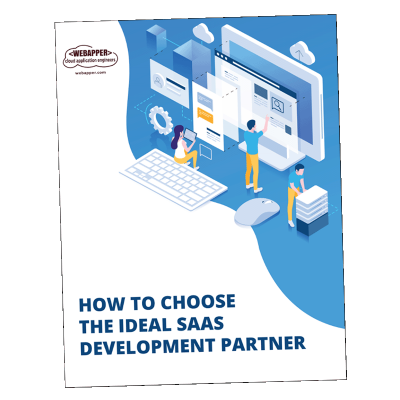Go To Market Strategy
for a SaaS Product:
4 Cornerstones of Success
When launching a new SaaS product, you need a plan to maximize your ability to launch and acquire new customers. Your Go To Market (GTM) strategy should focus on defining the unique characteristics of your product and demonstrating how it addresses needs of the target market. After working on a number of startups and SaaS launches, we learned (perhaps the hard way) how it works. We see four cornerstones for a successful go to market strategy for a SaaS product.
Management
In a startup, whether a small one or an intrapreneur model, management must focus on key areas that lead to growth of the business. It always entails tradeoffs — that’s the essence of managing a startup. With lean budgets, you cannot do it all.
Product Vision
Starting up a SaaS business is borne from a need. Since it’s often something personally frustrating to the founders, and that model needs to be explained in excruciating detail to the team (note: even in a solopreneur model, this exercise is worthwhile). What is it? What problems does it solve? Who needs it most? What motivates this audience?
Motivation
We’ve seen under-resourced, motivated teams kill it. Conversely, we’ve seen well-resourced, unmotivated teams roll over and die. Your SaaS product vision is a motivation tool, but you need to add both extrinsic (e.g., money, equity) and intrinsic (e..g, change the world, kid) motivation to forge ahead.
Messaging
Management needs to adopt consistent messaging. Although it may originate in marketing materials, the consistent use of it in all areas is imperative. Initiated by the product vision, the message needs to be easily understood and emotionally connected.
Funding
“Money, It’s a gas, Grab that cash with both hands and make a stash…” Pink Floyd wasn’t singing about your SaaS startup, but the feeling applies here. Your mission is to get to market and build sustainable growth. Capital combined with sweat equity make that possible. You won’t make it if you build the bridge halfway across the river, so grab enough cash to get all the way.
Staffing
INSERT
Development
Ship It
As Reid Hoffman said, “If you’re not embarrassed by the first version of your product, you’ve launched too late.” Getting a viable product (MVP) to market means launching. Figure out what needs to be built and ship something. Without it, you’re just an idea, not a business.
Listen
Once you ship your ugly baby (MVP), you need to get it in users’ hands and collect feedback. Some comments will make you smile, while others may seriously hurt. Listen to what the market tells you…
Iterate
Continuously ship… We’re big fans of DevOps and CI/CD, which is a proven way to build successful SaaS products. Build, listen, iterate, repeat. Adjust the roadmap as needed.
Marketing & Sales
Experiment
Modern marketing is based on experimentation coupled with analytics. As a startup, you have green pastures and blue skies. First, build traffic. Second, engage that traffic with good content, a great demo, or a free trial. Make hypotheses and test them.
Establish a Beachhead
You can’t be a SaaS unicorn overnight. It takes time to develop such a viral flywheel for growth. So you have to get your first hundred users. It’s a beachhead market — those early adopters who will give your SaaS solution a try and (hopefully) share their feedback. Focus on one audience first (e.g., one industry or one kind of user).
Listen
Your audience may like your messaging but hate your product (or vice versa). Share their product comments with your product manager (or developers) for vital iteration plans. Watch your analytics for message efficacy.
Iterate
Experiment with audiences, channels, ad copy, website copy, pricing, and your offers to find the sweet spot for your product marketing. Do more of what works and less of what doesn’t.
Support
Listen
When the ship hits the fan, support has to wear it. Step one: hear what the customer is saying and attempt to understand the issue. Is it a bug? Or is it a missing feature? Is it a poor workflow? Or perhaps documentation is needed?
Do Too Much
Responses in the early days need to be “too much” to woo customers. Respond quickly, communicate fully, wear mistake badges, and be gracious.
Communicate Challenges
We knew a product manager once who never shared bad news. If something went wrong during an implementation, he would muddle through it. A better path is to share anomalies with the team — to treat the source problems. It isn’t bad news. It’s valuable news.
Go To Market Strategy for a SaaS Product
The four cornerstones of a successful go-to-market strategy for a SaaS product are management, development, marketing, and sales, and support. A strong GTM strategy can help you achieve your business goals by aligning product offering, target audience, and marketing efforts. The end result could be faster time to market, better resource utilization, greater revenue, and improved customer satisfaction.



Leave A Comment